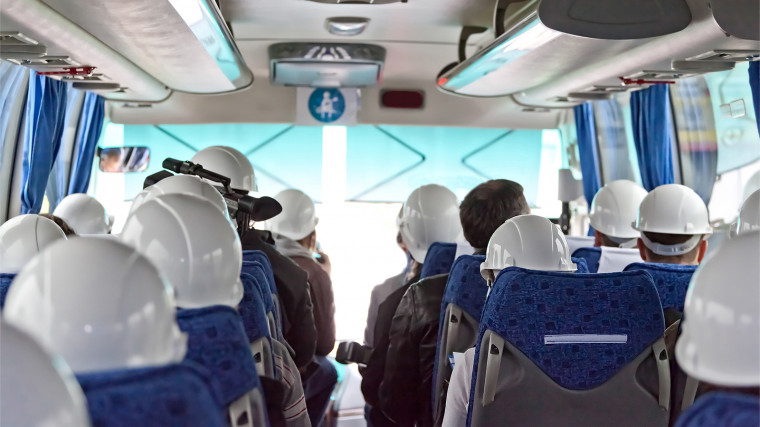How can we keep our migrant workers safe?
In February, the Workplace Health and Safety Commission reported that there were 11 deaths at workplaces, more than double the number of the previous year.
Then last week, two migrant workers died and another 15 were injured in a collision between a lorry and stationary tipper truck on the Pan Island Expressway (PIE). This was followed shortly after by another accident the same week that 10 more workers injured after a lorry overturned on Upper Bukit Timah Road.
On 22 April, another migrant worker died after an on-site accident, when a part of an excavator fell on him.
The seriousness of these accidents re-ignited a recurring concern about workers welfare, with experts chiming in on calls to review the practice and netizens wondering whether enough is being done to keep our migrant workers safe.
The petition
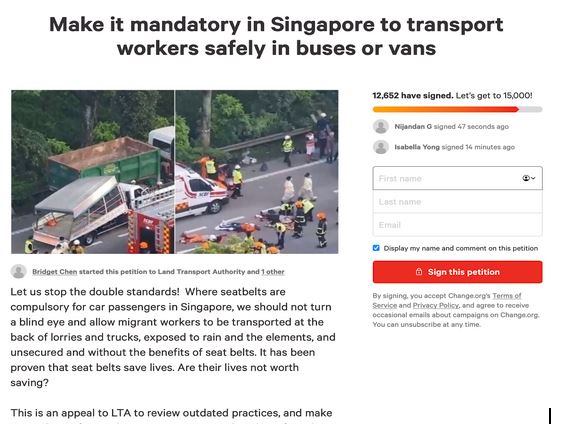
After the first accident on April 20, a netizen named Bridget Chen started a petition calling for safer transportation measures for migrant workers. She suggested using vans or decommissioned public buses as potential transport vehicles, or failing that, at least installing collapsible seats with seat belts like in SUVs at the backs of existing lorry transports.
This petition has almost reached its goal of 15,000 signatures as of today (May 1).
Some of the comments on the thread reflect the thoughts of the supporters – that everyone should be treated fairly, regardless of who they are and where they come from.
Buddy Moyle said: “Every life is valuable. One rule for passengers in cars and one rule for workers in lorries shows a total lack of respect for lives.”
Another, Kok Hao Ong, said: “These workers are human beings too. Why are they being treated like cargo or cattle when we transport them (by putting them all in the back of a lorry)? It’s long past due that we transport them in a more dignified manner with vehicles meant for human beings, such as buses and the like.”
Added Maureen Koh: “Though those migrant workers are not Singapore citizens, we are responsible for their safety here. Their lives are as important as ours. How can they not be protected like ours. It is about accountability.”
Raka Maitra summed it up: “It’s least we do for the people building our homes.”
Concerns against petition
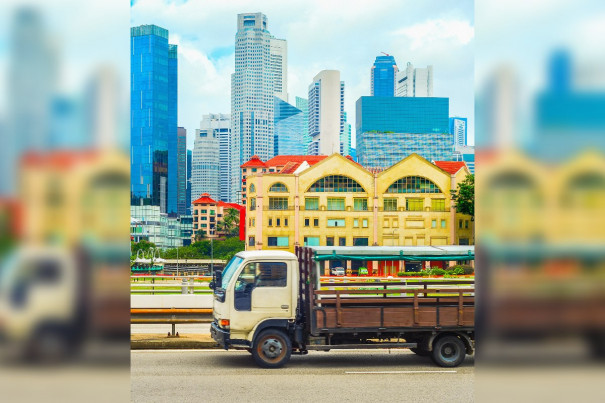
Yet support for the petition has not been universal.
Some netizens wondered if getting better vehicles was the only solution to keeping workers safe on the roads.
““Whether it is a van, pick-up truck, or bus, if the driver of the vehicle does not know how to drive safely, there is no use for petitions,” said Facebook user Eugene Khoo.
Another, Robert Tan, said: “It is not the mode of transportation. The accidents were due to driver’s negligence on whichever side. It is unrealistic to charter a bus to transport a few workers to the worksite. The construction firms purchased lorries for multiple purposes. They can be used to transport workers and carry building materials to the worksite.”
While it is fair to say that drivers play a critical role in keeping their passengers safe, many Singaporeans are unaware of how long they have to work, leaving them tired and stressed.
“It’s not unusual for drivers to tell us that they work 13,14, or even 16 hours a day. They even work on Sundays,” says Deshi Gill, the Executive Director of Humanitarian Organisation for Migration Economics (HOME).
Other stories you might like


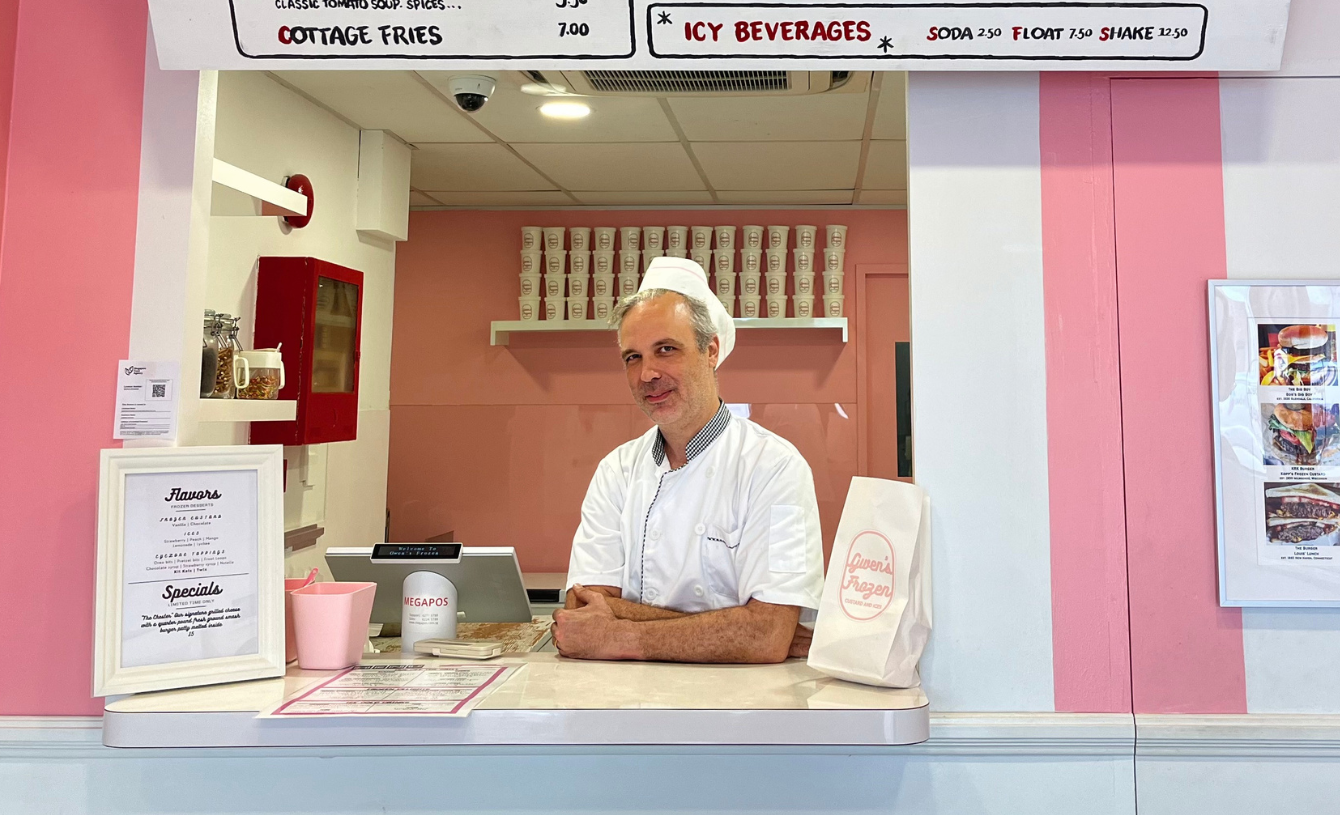

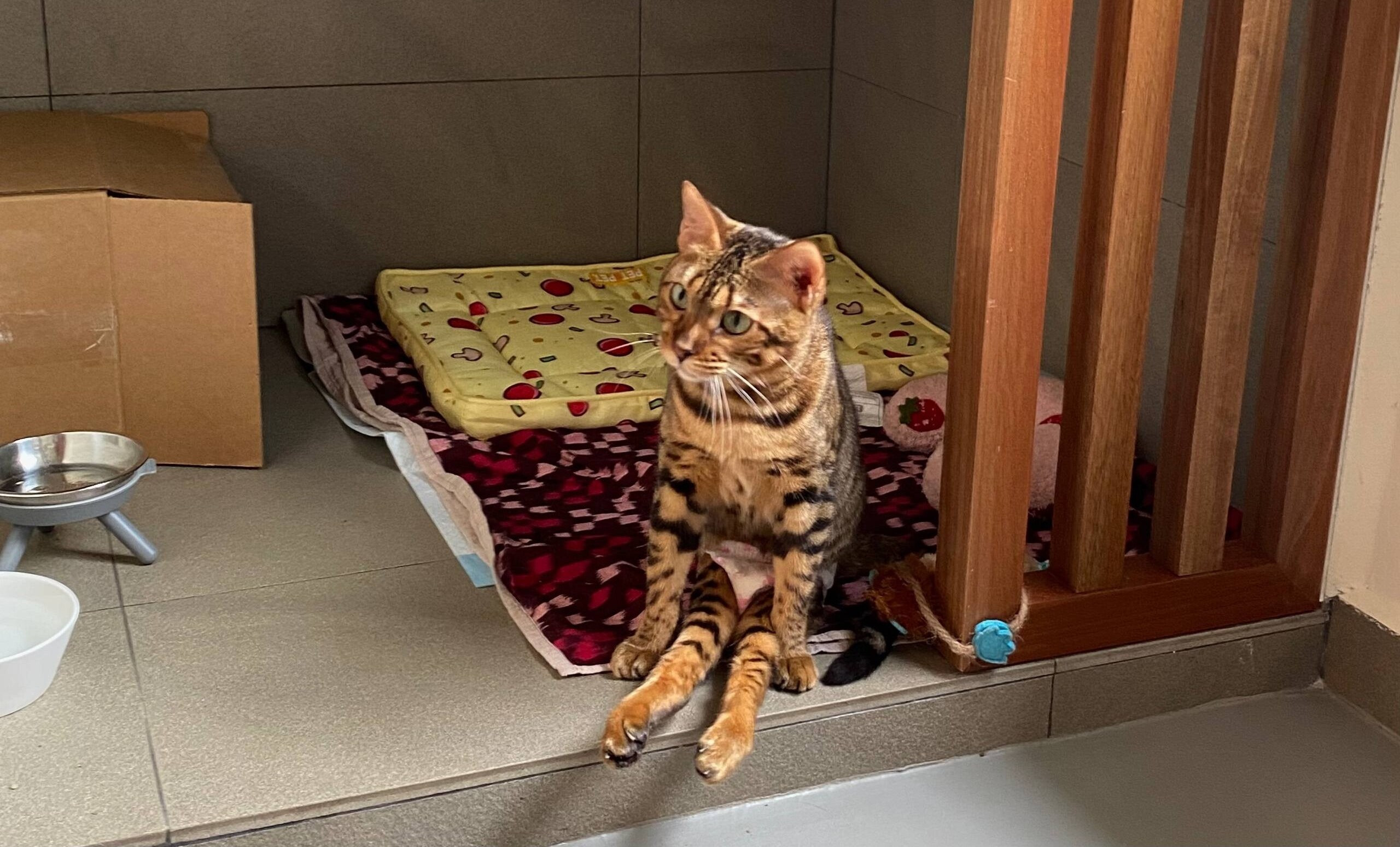
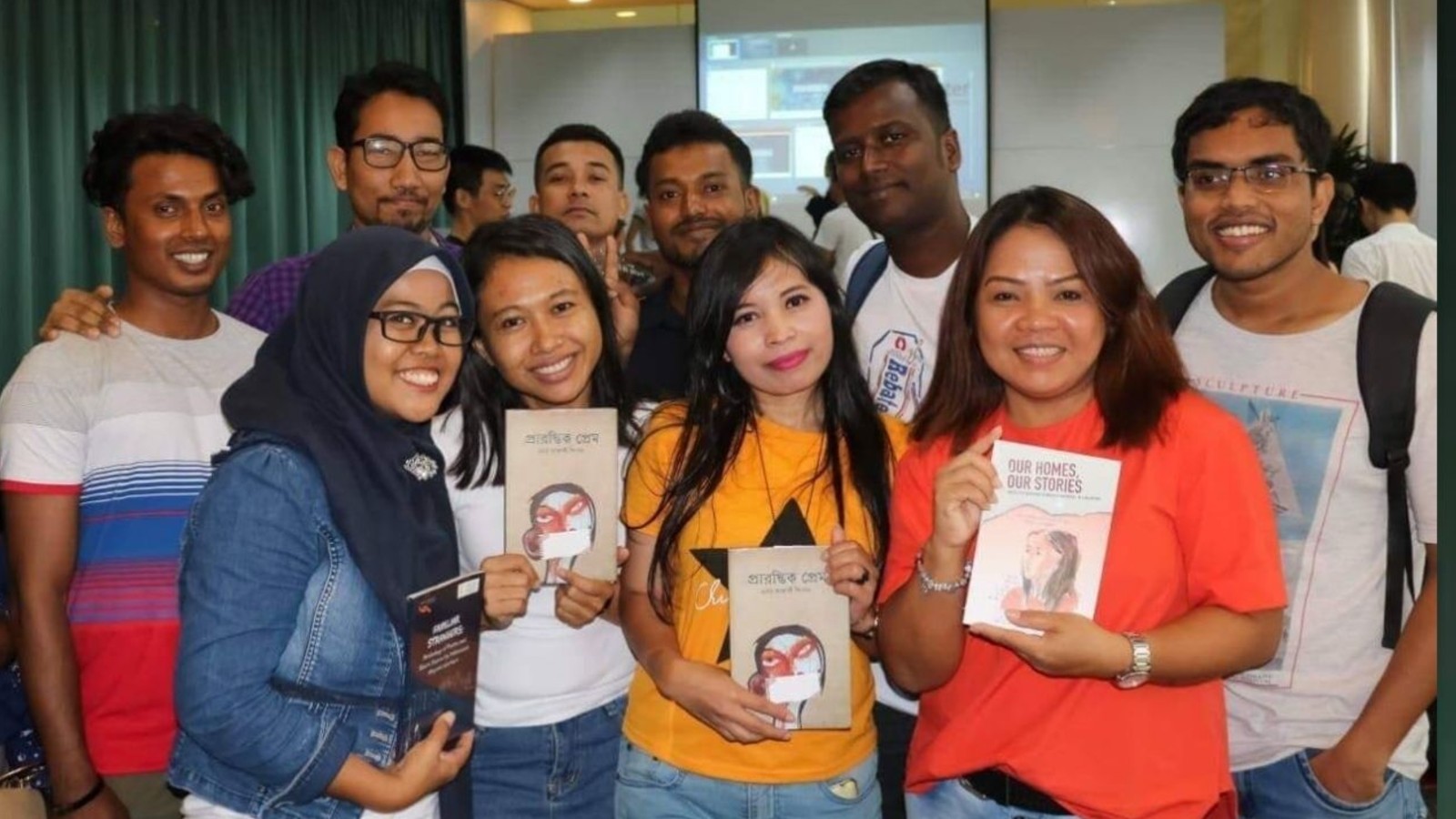

She tells The Pride that drivers pick up workers from various locations and send them to their work sites. Alongside ferrying the workers, they also have to transport goods and materials from one site to another or from warehouses.
This schedule has become even more hectic due to Covid, with stricter restrictions on migrant workers movements – they aren’t allowed to travel on public transport.
“The driver usually needs to do all the sending needed, for everything – medical appointments, swab tests, training courses – basically our migrant workers are not allowed to step out on their own,” explains Deshi.
While it is important that drivers keep to safety rules, there also needs to be protection for them, to ensure that they receive enough rest to carry out their busy schedules.
“These men are not machines, they need to have enough rest to focus on driving. It is not sustainable for them to keep working these long hours without adequate rest.” says Deshi.
As founder of migrant advocacy group Itsrainingraincoats, Dipa Swaminathan, tells Today: “For these guys, a momentary lapse of concentration can make the difference between life and death.”
More safety measures = more expenses
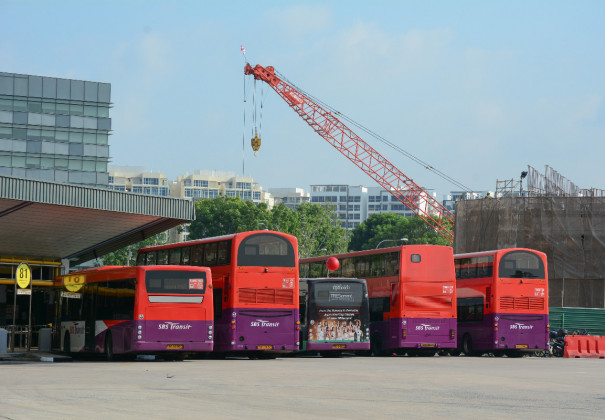
Another group of netizens voicing opposition to the petition brought up a concern on costs: They fear that the cost of ferrying migrant workers in buses or installing seatbelts on lorries would lead to an increase in home prices.
Said one netizen, Jeremy Tan: “I’m not petitioning cos I don’t want to have an even more expensive home.”
“Cost will increase, the consumers will have to pay a higher price for HDB, renovation, road maintenance… Shipyards will not be competitive, investment level will drop,” explained Meng Tat Cheng
Said another, Allan Tan: “Be prepared for costs to increase and impact everyone if this petition is successful.”
Thankfully, these voices are in the minority, with other netizens berating them for not being empathetic to the needs and safety of migrant workers.
What is the best solution?
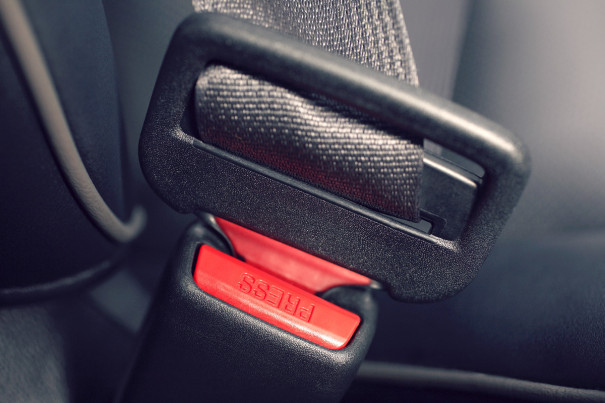
Yet a true solution to this issue is not as easy as one might think.
Let’s look at the installation of seatbelts on lorries.
Right now, migrant workers are being ferried around Singapore on the back of lorries with minimal protection from impact during an accident.
According to LTA commercial vehicle guidelines, migrant workers are supposed to sit in a proper manner which would not cause them to fall. However, this does not prevent them from getting injured during collisions or sudden braking manoeuvres.
Deshi says: “We do have injury cases in which workers get injured while sitting in a lorry. As you can imagine sitting on the metal surface provides no protection – simply going over bumps can mean workers end up injuring their backs and spines.”
Better seats and seatbelts would help but is it enough?
Put yourself in the migrant workers’ shoes: If you were to travel at the back of a lorry every day, would you feel safe? How comfortable would you be allowing your child or your parents to travel in the same way?
Shouldn’t our migrant workers be accorded this same consideration?
As for using private buses, there are many of the larger firms do this, ensuring the safety and comfort of their workers.
But this is feasible only if the firms are willing to bear the extra cost of the buses.
Johnny Lim Chee Hwa, a construction industry veteran explained to TODAY that with the diverse groups of workers and pick-up times, a bus service may be problematic.
He said: “A large portion of workers typically stay off-site in multiple dormitories, so you need multiple buses travelling different routes to transport workers to the site every day. You will need thousands of buses for thousands of contractors and worksites in Singapore – is this optimal?”
Regardless, we should look at the issue through the lens of empathy rather than efficiency.
As member of Parliament Alex Yam said in a Facebook post last week, the PIE accident showed that the additional measures “are still insufficient for the safe transport of workers”.
“I will be urging the ministry to further review suggestions made since 2010 … to consider legislating that employers must transport their workers in mini buses or buses with compulsory seat-belting,” he wrote.
“While there will definitely be additional costs to such policies but these pale in comparison to the loss of a young life who is far from home trying to earn a living for his family.”
So let’s install seatbelts on lorries, let’s have more rest periods for drivers and let’s truly take a closer look at an efficient economical way of transporting migrant workers by private bus.
We must all recognise this issue and make the appropriate changes to help prevent further accidents, for the men who helped to build our country.
If you like what you read, follow us on Twitter and Google News to get the latest updates.
